The violin rental market is experiencing an unprecedented surge, with recent data revealing a staggering 45% year-over-year growth in rentals. This remarkable trend reflects shifting consumer behaviors and evolving musical education landscapes across demographics. Industry analysts attribute this boom to several interconnected factors reshaping how aspiring musicians access quality instruments.
Across major metropolitan areas, music stores specializing in string instruments report waiting lists for mid-range violins – a scenario unheard of five years ago. The average rental period has extended from six months to nearly eighteen months, suggesting customers increasingly view rentals as long-term solutions rather than temporary arrangements. This behavioral shift coincides with rising participation in youth orchestras and the proliferation of alternative music education programs in public schools.
Economic considerations undoubtedly fuel this growth. With professional-grade violins carrying price tags equivalent to luxury vehicles, rental options provide access to superior craftsmanship without prohibitive upfront costs. Seasoned instructors confirm that students playing quality rented instruments typically progress faster than those struggling with subpar purchases. The rental model's built-in maintenance and upgrade paths further enhance its appeal to growing musicians.
Demographic data reveals surprising patterns beneath the headline numbers. While children aged 8-14 remain the core rental demographic, adult learners now constitute 28% of new contracts – up from just 12% in 2018. Urban professionals appear particularly drawn to violin study as both creative outlet and cognitive exercise. Rental companies have responded with flexible scheduling and delivery options tailored to working adults' needs.
The pandemic's lasting impact on cultural participation continues to influence this market. Community music-making has rebounded stronger than many anticipated, with amateur ensembles reporting record membership. Simultaneously, the normalization of hybrid music instruction has removed geographical barriers for students seeking specialized teachers. These developments create ideal conditions for rental market expansion.
Industry innovation keeps pace with demand. Modern rental agreements often include digital support – tuner apps, instructional video libraries, and even augmented reality positioning guides. Some forward-thinking companies experiment with blockchain-based instrument histories, allowing renters to track a violin's maintenance records and artistic pedigree. Such technological integration appeals to younger, tech-native customers while preserving traditional craftsmanship values.
Behind the scenes, luthiers and repair technicians face their own challenges meeting this demand. The skilled labor required to maintain rental fleets at playable standards creates bottlenecks in scaling operations. Some workshops report turnaround times for basic repairs stretching to ten weeks during peak seasons. This pressure has sparked renewed interest in violin-making apprenticeships and specialized repair training programs.
Market analysts predict sustained growth through the decade's end, though potentially at slightly moderated rates. As rental penetration increases in suburban and rural markets currently underserved by specialty music shops, the industry may see geographic expansion complementing organic growth. The coming years will likely witness increased market segmentation, with companies developing distinct offerings for casual learners, serious students, and professional-grade temporary needs.
This rental renaissance carries broader cultural implications. By democratizing access to fine instruments, the model nurtures musical talent across socioeconomic strata. School music directors report noticeable improvements in ensemble quality as more students play properly set-up instruments. Whether this accessibility translates into higher retention rates for intermediate players remains an open question the industry watches closely.
The violin's unique position in both classical and contemporary repertoires ensures its ongoing relevance. From film scores to crossover collaborations, the instrument maintains remarkable cultural visibility. Rental companies increasingly curate their inventories to reflect this diversity, offering everything from Baroque setup replicas to electric violins with effects pedal compatibility. This breadth of options further fuels market expansion.
Financial analysts note the rental model's resilience during economic uncertainty. Unlike luxury retail, the market appears relatively insulated from macroeconomic fluctuations. When disposable income tightens, families reportedly prioritize continuing children's music education through rentals rather than outright purchases. This countercyclical stability attracts investment into rental platforms and inventory expansion.
Environmental considerations add another dimension to the rental boom's narrative. In an era of heightened ecological awareness, the shared-use model aligns with sustainable consumption principles. A single well-maintained violin can serve generations of players, contrasting sharply with disposable consumer electronics dominating other youth markets. Rental companies increasingly highlight this aspect in their marketing to environmentally-conscious parents.
The industry's growth hasn't come without growing pains. Insurance costs for high-value instruments in transit have risen sharply, while fraud prevention requires increasingly sophisticated verification systems. Some markets report instrument shortages during back-to-school periods, forcing companies to optimize inventory distribution networks. These operational challenges prompt ongoing innovation in logistics and risk management.
Looking ahead, the violin rental market's trajectory suggests fundamental changes in how society views musical instrument ownership. The shift from possession to access mirrors broader consumption patterns across industries. For violin makers and retailers, this requires rethinking traditional business models while preserving the craftsmanship and artistry defining their trade. Those successfully navigating this transition stand to benefit from the sustained enthusiasm for string music education.
As the numbers clearly demonstrate, the violin's timeless appeal finds new expression through modern rental paradigms. This 45% growth figure represents not just economic activity, but countless individual musical journeys enabled by accessible, quality instruments. The market's vitality bodes well for musical literacy and cultural participation in communities worldwide.
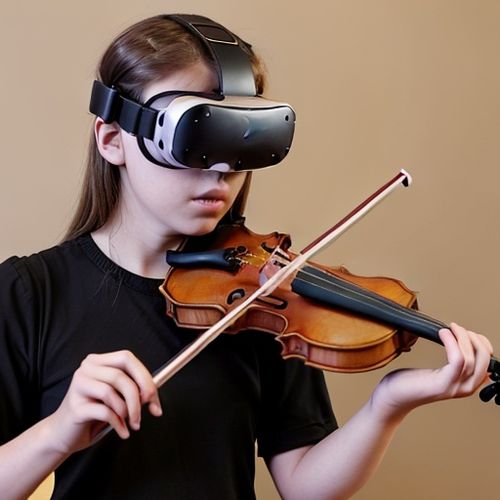
By Olivia Reed/Apr 13, 2025
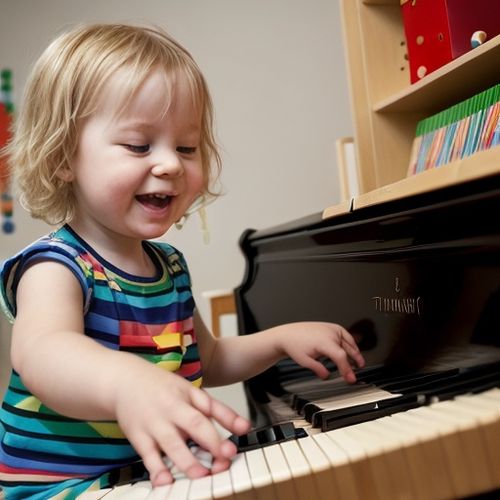
By William Miller/Apr 13, 2025

By Amanda Phillips/Apr 13, 2025
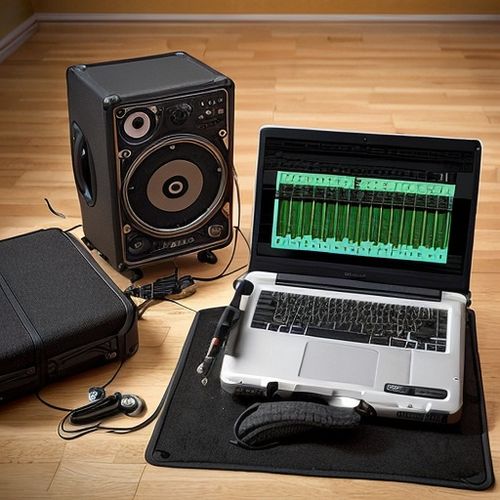
By Megan Clark/Apr 13, 2025

By Joshua Howard/Apr 13, 2025
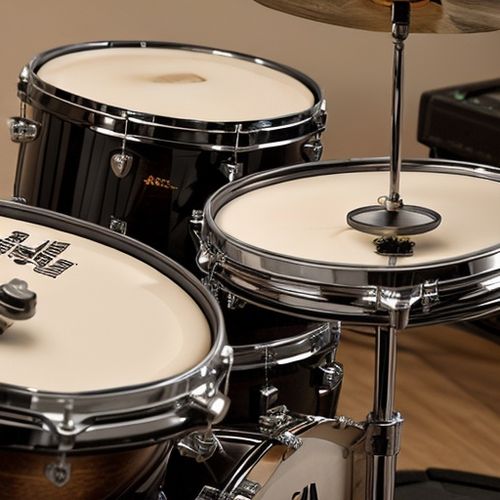
By Samuel Cooper/Apr 13, 2025

By Elizabeth Taylor/Apr 13, 2025
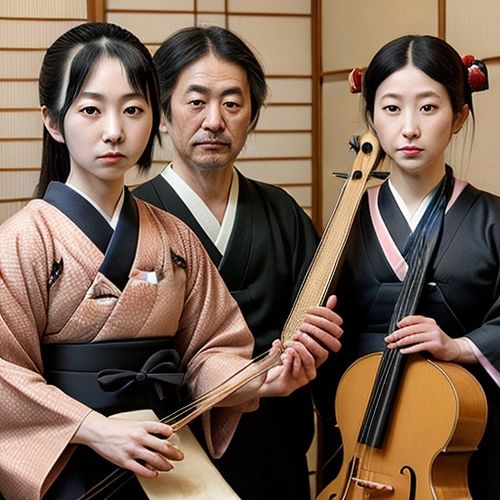
By Eric Ward/Apr 13, 2025

By Emma Thompson/Apr 13, 2025
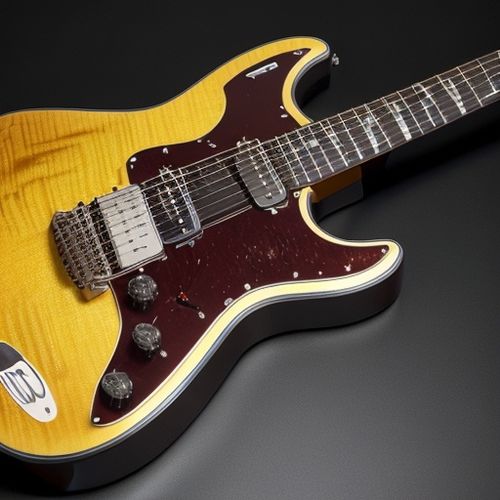
By Noah Bell/Apr 13, 2025

By Sarah Davis/Apr 13, 2025

By Eric Ward/Apr 13, 2025

By Daniel Scott/Apr 13, 2025
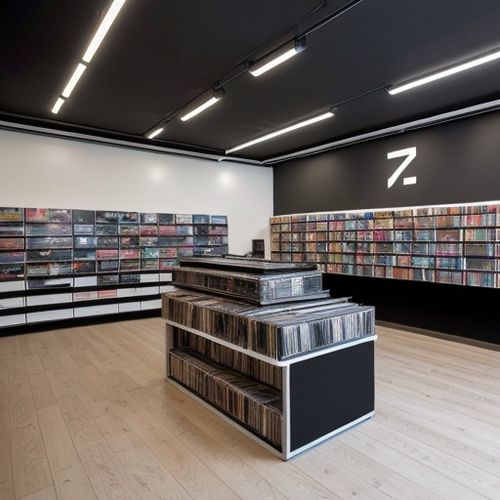
By Benjamin Evans/Apr 13, 2025

By Elizabeth Taylor/Apr 13, 2025
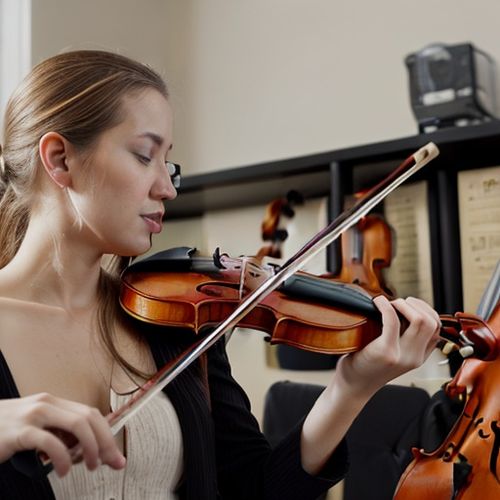
By Grace Cox/Apr 13, 2025
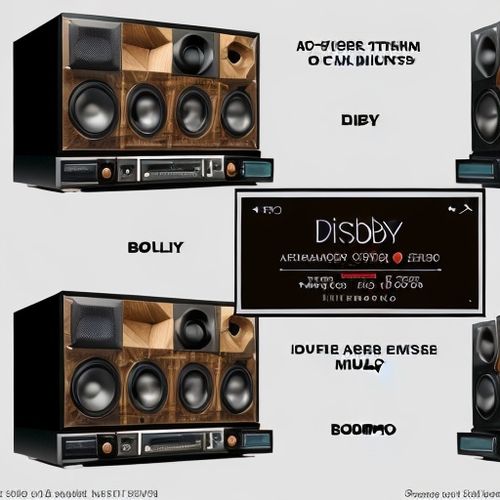
By Megan Clark/Apr 13, 2025

By Benjamin Evans/Apr 13, 2025

By Thomas Roberts/Apr 13, 2025
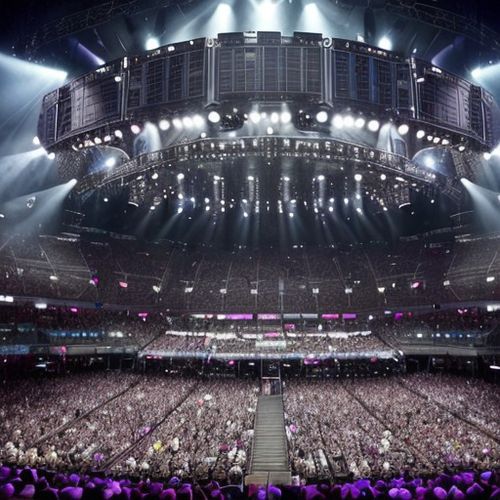
By Sarah Davis/Apr 13, 2025